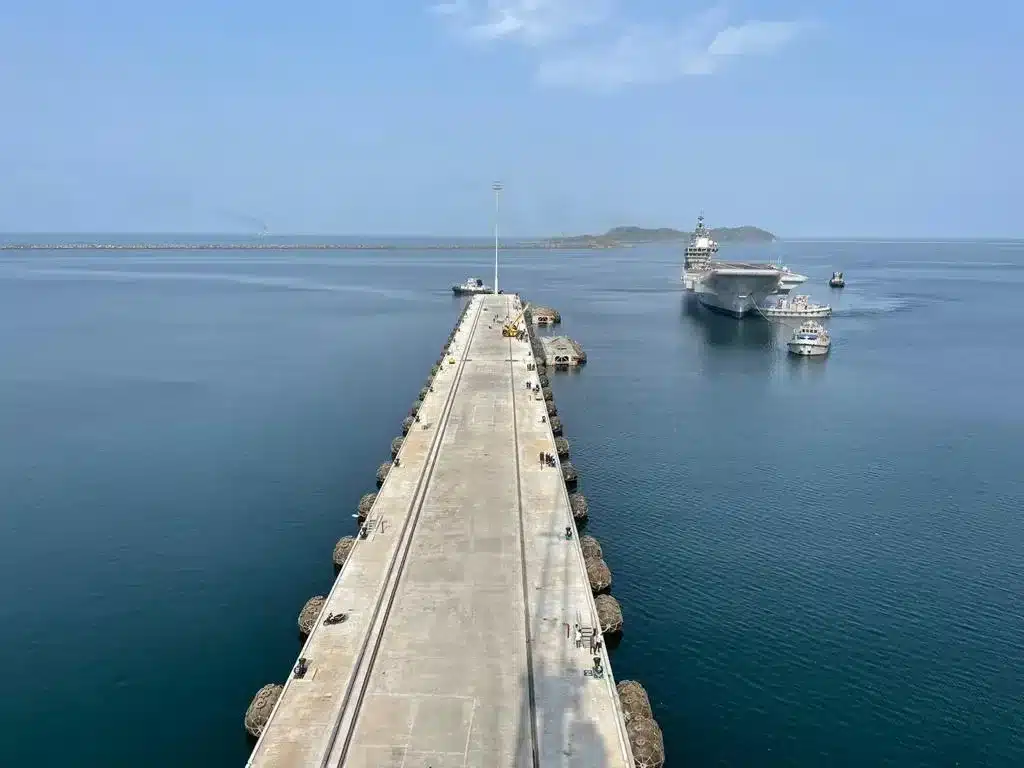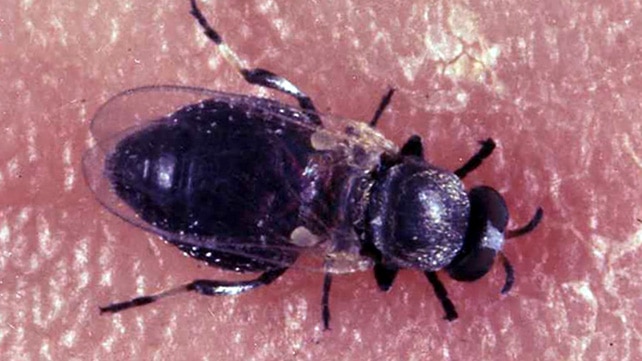About Project Seabird
- The largest naval infrastructure project for India, it involves creation of a naval base at Karwar, Karnataka, on the west coast of India.
- History:
- In the post-Indo-Pak War of 1971 scenario, India learned that the Indian Navy needs an additional naval base since Mumbai Harbour faced congestion, which led to security issues for its Western Fleet.
- The project was originally conceived by Admiral OS Dawson, the Chief of Naval Staff, in the early 1980s.
- It was initially sanctioned in 1985, and the foundation stone was laid on October 24, 1986, by Rajiv Gandhi.
- This is a massive project spread over around 11,000 acres of land. With the first sealift facility in the country and a transfer system for docking and undocking ships and submarines.
- Its first phase, which included the construction of a deep-sea harbour, breakwaters dredging, a township, a naval hospital, a dockyard uplift centre and a ship lift, was commissioned in 2005.
- The development of phase 2 of INS Kadamba commenced in 2011.
- This phase is further divided into 2A and 2B. It was planned to expand the facilities to dock additional warships and a new Naval Air Station, among other projects.
- Once completed, it will be the largest naval base in the Eastern Hemisphere.
- It will be able to accommodate around 32 warships, 23 submarines, and hangers for several aircraft.
Q1) What are submarines?
A submarine is a vessel, or ship, that can go underwater. Submarines are called subs for short. Militaries and scientists use submarines to travel deep under the ocean. Militaries use submarines to patrol ocean waters and to attack enemy ships during wartime. Military submarines are usually very large. They may carry more than 100 people. They also carry such weapons as missiles and torpedoes.
Last updated on November, 2025
→ Check out the latest UPSC Syllabus 2026 here.
→ Join Vajiram & Ravi’s Interview Guidance Programme for expert help to crack your final UPSC stage.
→ UPSC Mains Result 2025 is now out.
→ UPSC Notification 2026 is scheduled to be released on January 14, 2026.
→ UPSC Calendar 2026 is released on 15th May, 2025.
→ The UPSC Vacancy 2025 were released 1129, out of which 979 were for UPSC CSE and remaining 150 are for UPSC IFoS.
→ UPSC Prelims 2026 will be conducted on 24th May, 2026 & UPSC Mains 2026 will be conducted on 21st August 2026.
→ The UPSC Selection Process is of 3 stages-Prelims, Mains and Interview.
→ UPSC Result 2024 is released with latest UPSC Marksheet 2024. Check Now!
→ UPSC Prelims Result 2025 is out now for the CSE held on 25 May 2025.
→ UPSC Toppers List 2024 is released now. Shakti Dubey is UPSC AIR 1 2024 Topper.
→ UPSC Prelims Question Paper 2025 and Unofficial Prelims Answer Key 2025 are available now.
→ UPSC Mains Question Paper 2025 is out for Essay, GS 1, 2, 3 & GS 4.
→ UPSC Mains Indian Language Question Paper 2025 is now out.
→ UPSC Mains Optional Question Paper 2025 is now out.
→ Also check Best IAS Coaching in Delhi

















